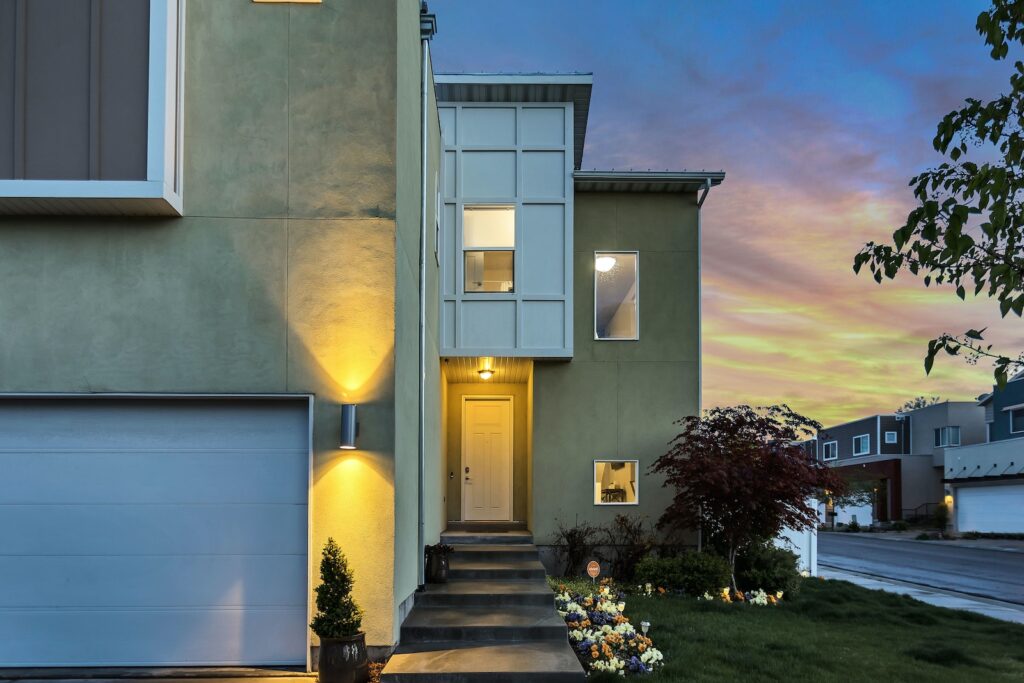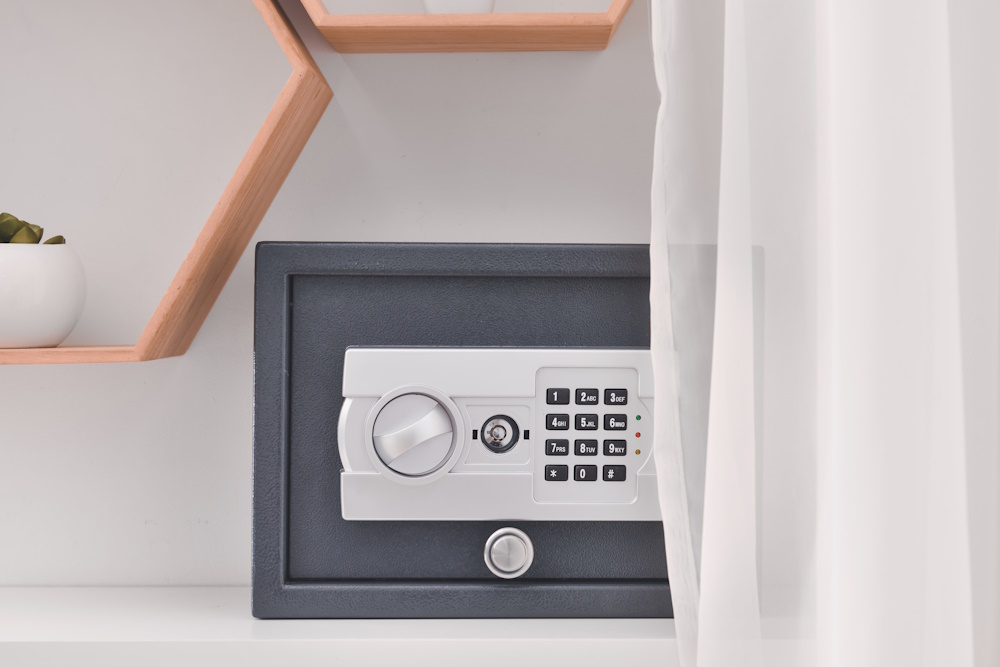The phrase “home sweet home” only rings true when you feel protected. That peace of mind now relies less on blaring alarm systems and more on artificial-intelligence cameras, fingerprint-reading smart locks, and door sensors that text you if a courier leaves a package in the wrong spot. As the global market for home security systems climbs from roughly $72 billion in 2025 to more than $109 billion by 2030, manufacturers are racing to deliver the best home security system for every living situation.
Below, you’ll find what matters most when shopping this year, an overview of the top rated security systems in 2025 offers, and practical guidance on matching a package to fit your real-world needs.
Key Factors Homeowners Should Prioritize in 2025
First, insist on cameras that think, not just record. AI-driven models now recognize people, pets, packages, and familiar vehicles, cutting false alerts to trickle while flagging genuine threats. Second, look for biometric or matter-ready locks. These devices unlock with a fingerprint or face scan and automatically create an entry log, a boon for anyone who routinely hands a key to the dog-walker. Third, scrutinize the monitoring plan attached to each brand. Most companies offer a-la-carte options: free self-monitoring if you’re comfortable answering every notification, or professional monitoring that dispatches police and fire services when you can’t reach your phone.
Smart-home compatibility ranks close behind monitoring flexibility. A solid security hub should talk to lights, thermostats, and other smart home devices without complicated work-arounds. Finally, transparency on costs matters more than ever. Short-term renters and price-conscious owners alike now favor month-to-month subscriptions and equipment that can be financed without steep penalties for early cancellation.
The Systems That Stand Out
SimpliSafe: Real-Time Agent Intervention Without Contracts
SimpliSafe’s latest generation is best known for its intruder intervention option: when the indoor or outdoor camera flags an intruder, live agents can speak through the device’s two-way audio, switch on a spotlight, and trigger the alarm. If it escalates, request priority police dispatch, all before a burglar even crosses the threshold.
Setup is a peel-and-stick breeze, and pro monitoring remains month-to-month. The flipside is limited home-automation add-ons unless you spring for third-party integrations or pay extra for professional installation.
ADT Plus with TrustedNeighbor™
ADT still dominates fully managed security, and its newest feature modernizes the old “give the neighbor a spare key” trick. TrustedNeighbor™ lets you send temporary digital passes to friends, sitters, or delivery services, complete with optional facial-recognition verification from Nest camera and access logs in the ADT+ app. Deep Google Nest integration adds smart displays and advanced analytics, but you’ll need an upper-tier plan. And often a contract if you want to link security cameras to the system.
Vivint Smart Home: AI That Scares off Lurkers
Vivint positions itself as the premium, white-glove option. Every package includes on-site professional installation and a touchscreen hub that doubles as the brain of your smart home. The headline feature is Smart Deter: cameras use on-board computer vision to shine tracking spotlights and play warning tones at prowlers who linger too long. It’s impressive, but expect a higher equipment bill and three-to-five-year financing arrangements.
Ring Alarm Pro: Security Meets Wi-Fi 6
Ring marries its Alarm Pro base station with an eero Wi-Fi 6 router, so adding protection also upgrades your internet backbone. Built-in battery and cellular fail-safe keep both the alarm and your network online during power cuts, and local video storage reduces reliance on the cloud. Professional monitoring costs $20 a month, but advanced analytics, such as person detection and future 24/7 recording, require a Ring Home Premium subscription.
Cove: RapidSOS for Faster Dispatch
If you’d rather avoid long contracts and still keep costs low, Cove is worth a look. Its entry kit hovers around $300, monitors through three US call centers, and sends alarm data directly to 911 via RapidSOS, shaving an estimated three to four minutes off emergency response times. Monitoring starts around $20 a month, and you can cancel any time. The trade-off is a smaller catalog of smart home devices and an app that feels less polished than big-brand rivals.
Honorable mentions include abode for Thread-based gear that plays nicely with Apple Home, Frontpoint for stellar customer service, and Brinks for commercial packages suitable when your residence doubles as a home office. None push the innovation envelope like the five listed above, but each earns solid reviews as a top rated security system in its own niche.
Emerging Technologies and Trends
Expect biometrics to become table stakes. Fingerprint readers on mainstream locks and iris or facial recognition on doorbells no longer feel futuristic. Yale’s Assure Lock 2, for example, even disarms an ADT system in one tap. Meanwhile, AI models continue to mature. Cameras now learn the difference between the mail carrier’s truck and an unknown van that circles the block, nudging lights to turn on or doors to auto-lock when suspicious patterns emerge.
Connectivity is also getting an overhaul. Matter and Thread standards promise quicker pairing and local automations, trimming the lad that used to plague multi-brand setups. For homes outside reliable cell coverage, several 2025 systems add 5G or Starlink-backed satellite channels for alarm signals. And yes, the long-teased Ring Always Home Cam, a drone that patrols hallways on command, is finally in limited release. This hints at a future where your “camera” is wherever it needs to be.
Finding the Right Fit
Choosing among these contenders starts with an honest audit of your daily routine. City apartment dwellers who rarely leave for long might be well served by a video doorbell, a single indoor camera, and a smart lock that tracks entries automatically. Families in larger homes should consider a perimeter of outdoor security cameras, window and door sensors, and perhaps a glass-break microphone in the living room. If you’re running a cottage bakery from your basement, you may want a business security system that blends inventory-room motion sensors with a monitored smoke detector to satisfy insurance requirements.
Installation preferences matter too. DIY kits from SimpliSafe, Ring, or Cove rarely demand more than a screwdriver, while Vivint’s professional crews wire power-over-Ethernet cameras and calibrate zones for you. Monitoring deserves equal thought. Some homeowners relish the always-on nature of professional monitoring. Others prefer a push notification they can handle themselves. Read the fine print: plans range from $0 to $50 a month, and cancellation fees lurk in the fine print.
Don’t forget smart-home ecosystems. An Alexa household might lean toward Ring or SimpliSafe, which offers Skills and routines out of the box. Google devotees will appreciate ADT’s Nest synergy, while HomeKit purists often pick abode. If you already own smart home devices such as connected thermostats or voice-controlled lights, verify compatibility before you buy new sensors or hubs.
Finally, weigh long-term costs. Equipment warranties stretch anywhere from a year to a lifetime. Financing programs can spread payments over three to five years, occasionally loving you into bundled monitoring. Renters or frequent movers should favor month-to-month agreements and gear that uses adhesive mounts instead of drilled hardware.
The Bottom Line
Security technology has leapt forward in a single decade, and the best systems of 2025 prove you no longer have to choose between convenience and serious protection.Each brand covers a distinct use case while ticking the same fundamentals: reliable sensors, responsive alerts, and transparent pricing.
If you map out your risks, decide how hands-on you want to be, and double-check the new gear meshes with the gadgets you already love, you’ll have a top rated security system that keeps your household safe and adaptable for whatever tomorrow’s smart-home innovations bring.
At Homeowner.org, we’re here to guide you along the way in your journey regarding all things related to buying, owning, and loving your home. Check out our site for more today.



